Auschwitz concentration camp barracks are being restored brick by brick
Conservation works are planned to be carried out on a total of 45 brick prisoner barracks of the former Auschwitz II-Birkenau death camp.
Some of the most advanced conservation works to date are underway at Auschwitz in an attempt to save some of the last remnants of the Holocaust from decay.
Conservation works are planned to be carried out on a total of 45 brick prisoner barracks of the former Auschwitz II-Birkenau death camp which today covers an area of 171 hectares. Barracks built by the camp's inmates are some of the few remaining symbols of the Nazi extermination of European Jews, after gas chambers and crematoria were blown up by retreating German forces to cover up the crimes.
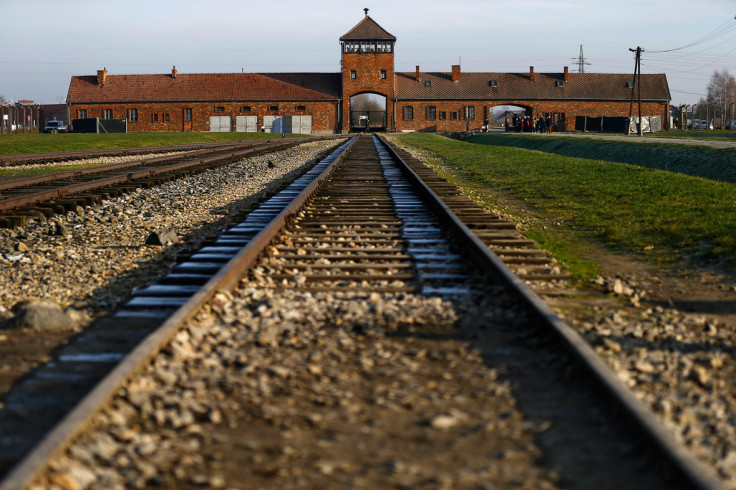
A team of local conservation experts is attempting to restore the buildings to their original state and wants to keep every brick in the same place. "In a normal situation, such a wall would be dismantled and built again, but this is exactly what we want to avoid because we want to keep these walls in the same shape and form as when they were built by the (camp) inmates," head conservation team at the Auschwitz Museum, Anna Lopuska, told Reuters, adding that her team is just learning and pioneering the technology needed for its purposes.
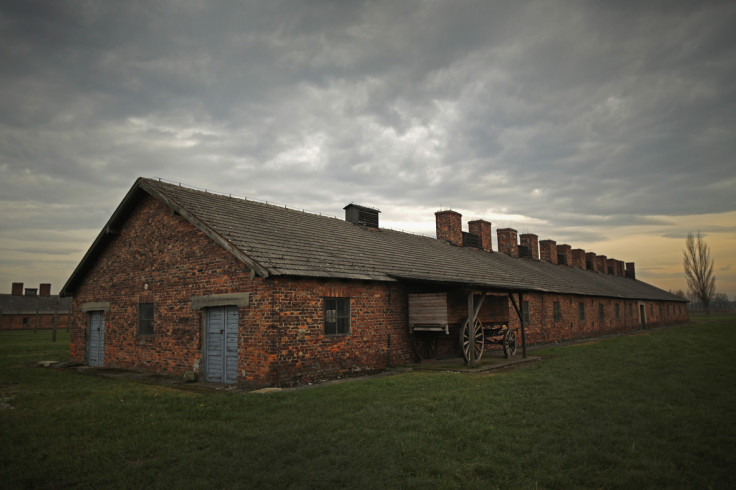
The team's work was preceded by more than two years of research and barracks number seven and eight have been chosen as the first to be included in what is called the Global Preservation Project. Construction of the two buildings began in October 1941 and the first inmates were placed there in March 1942. Before a method is implemented on the actual building, it was tested on walls built with bricks dating back to the 1940s and using the same type of mortar. Even the imperfections were copied onto the testing walls.
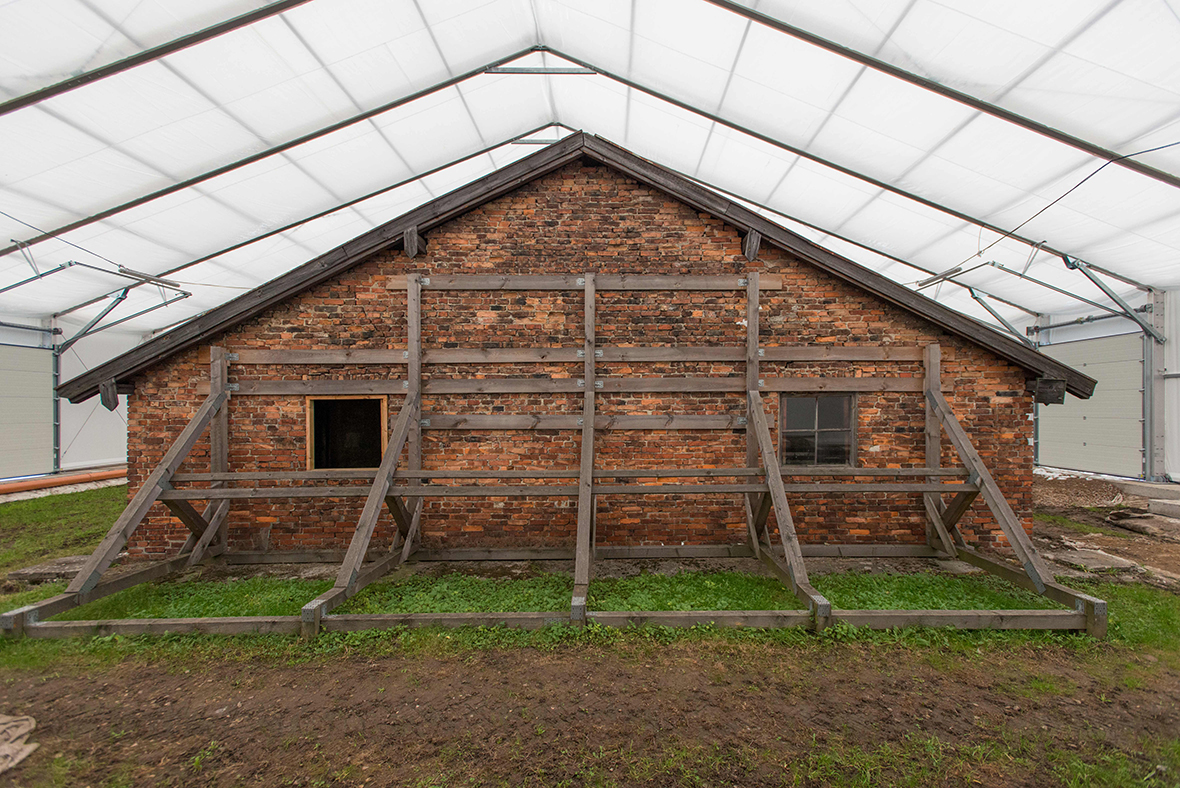

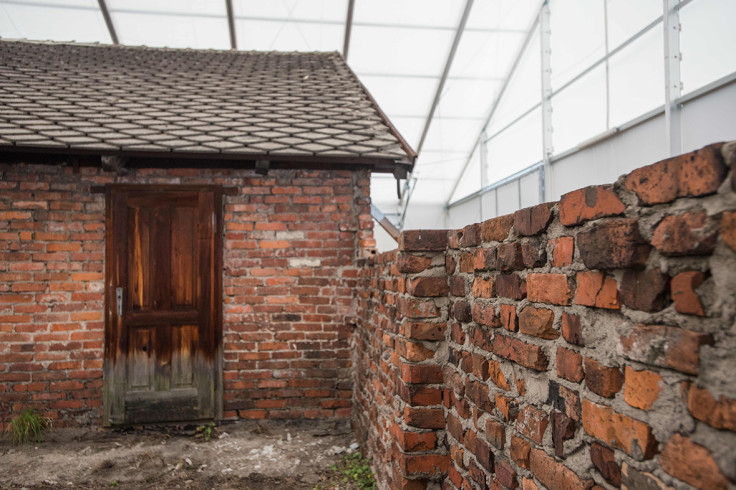
"For this purpose we used bricks from a similar historical period, as the ones we have in the buildings. We used mortar with identical physical and chemical characteristics and by applying documentation and geodesic techniques we recreated every deformation. With a wall prepared this way, we began experimenting with straightening (the walls)." The experiment succeeded and the newly built walls were able to successfully withstand pressures from a roof after being subject to the treatment, Lopuska said, and the methods have been transferred to the walls of the original barracks.


Preserving the buildings, which symbolise the pain and suffering of Holocaust victims, will serve future generations of visitors after the last witnesses of the crimes die, Auschwitz Museum spokesperson Bartosz Bartyzel said. "We are now at a point when the last witnesses are passing away, their voices are left on recordings, but there is also the camp area, a clear area of the former camp where millions of people from around the world each year learn about the tragic history of this place."



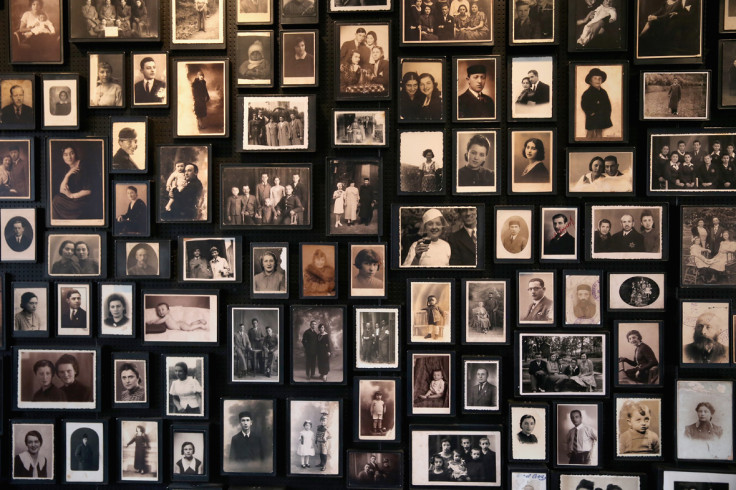
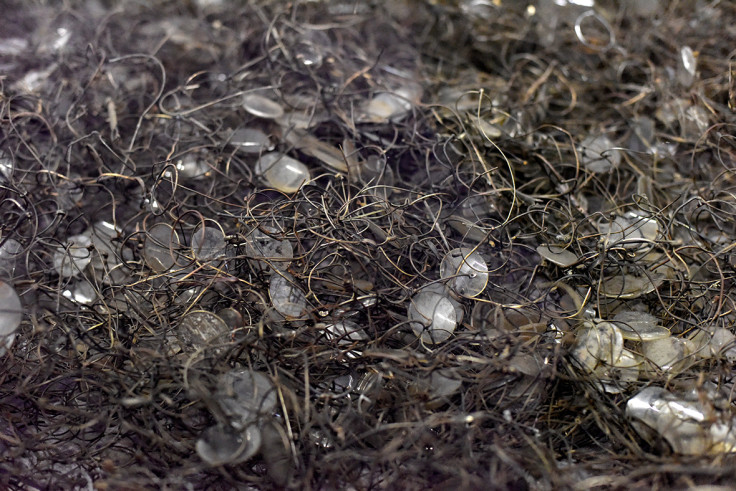
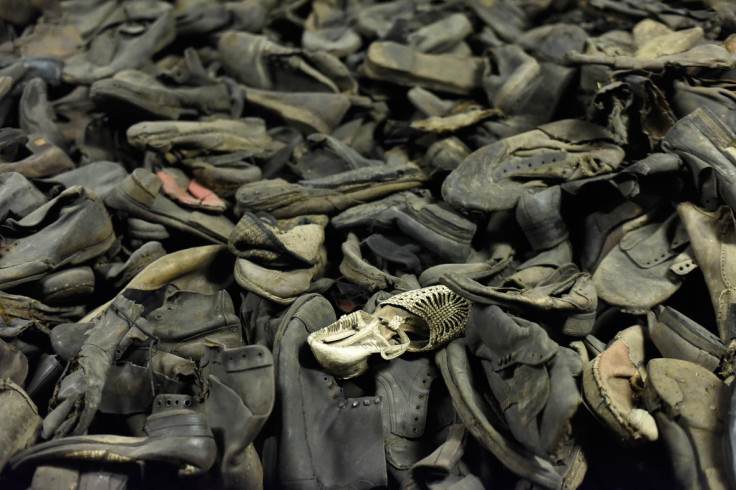
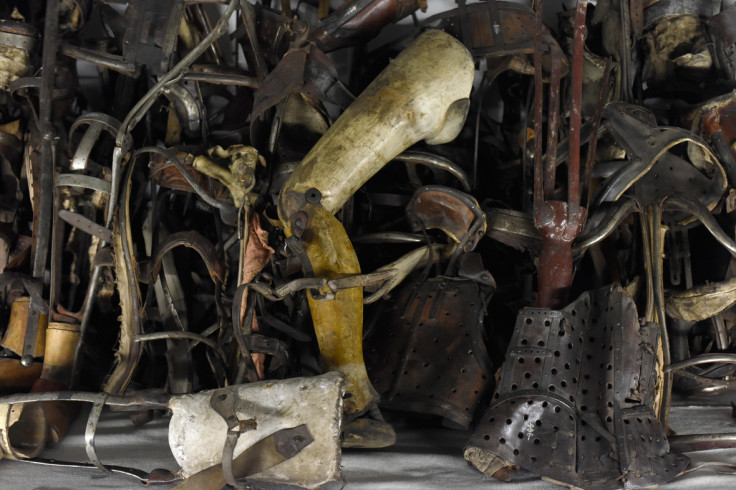
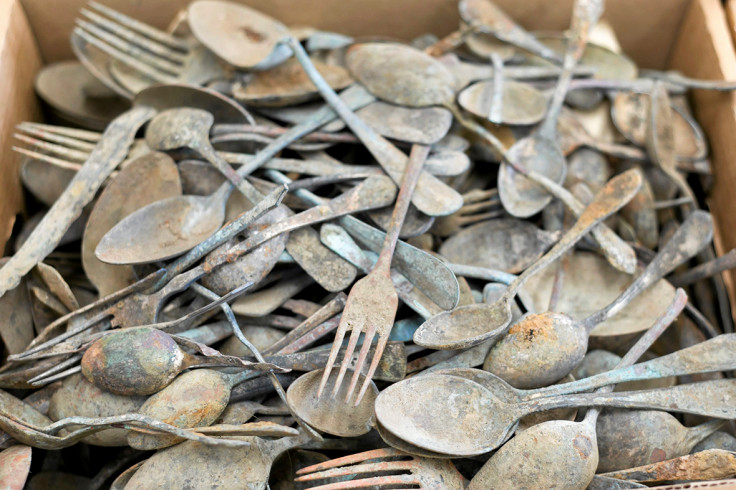
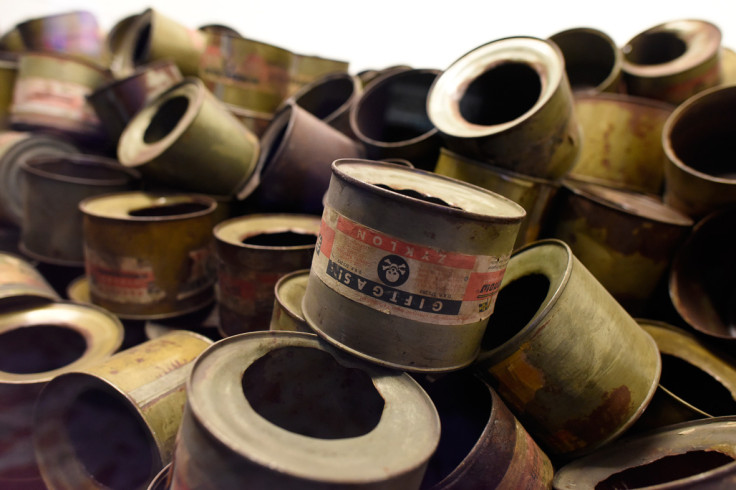

Set up in 1940 by occupying Nazi forces near the town of Oswiecim in Nazi-occupied Poland as a labour camp for Poles, Auschwitz gradually became the centrepiece in Nazi dictator Adolf Hitler's "final solution" plan to exterminate Jews. The scale of the industrialised killing at the camp, the cruelty of the guards and the pseudo-medical experiments conducted on prisoners by Nazi doctors have made Auschwitz synonymous with a coldly efficient genocide and total degradation of humanity.
Men, women and children, mostly Jewish, but also gypsies, Russians and Poles from Nazi-occupied Europe were taken to Auschwitz in overcrowded cattle trains. Many died of hunger and suffocation during the journey which usually lasted days.
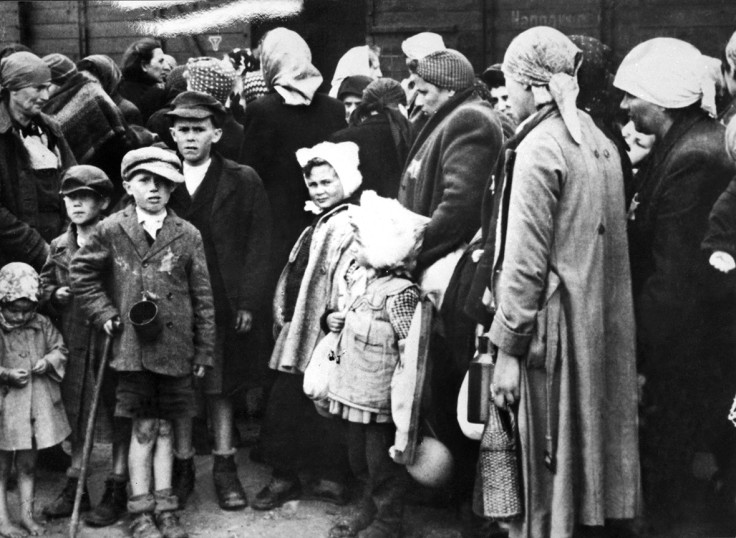
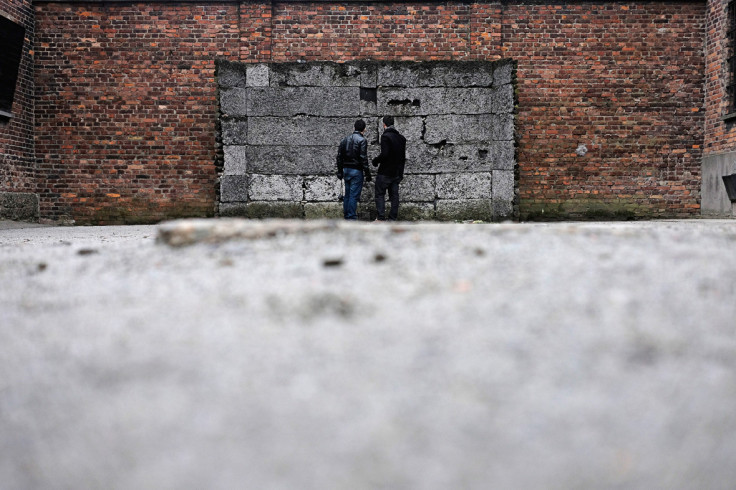
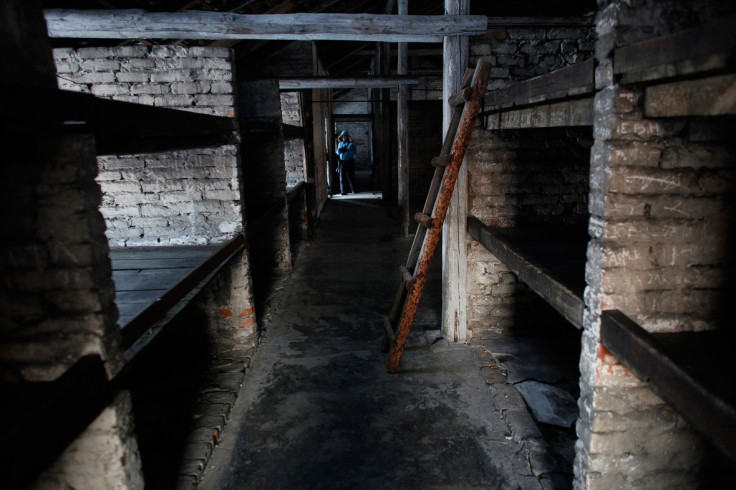
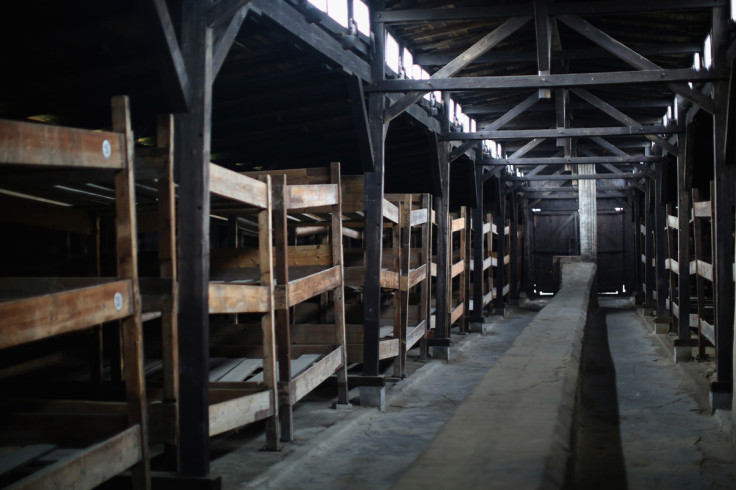

Visit the International Business Times UK Pictures page to see our latest picture galleries.
© Copyright IBTimes 2025. All rights reserved.




















